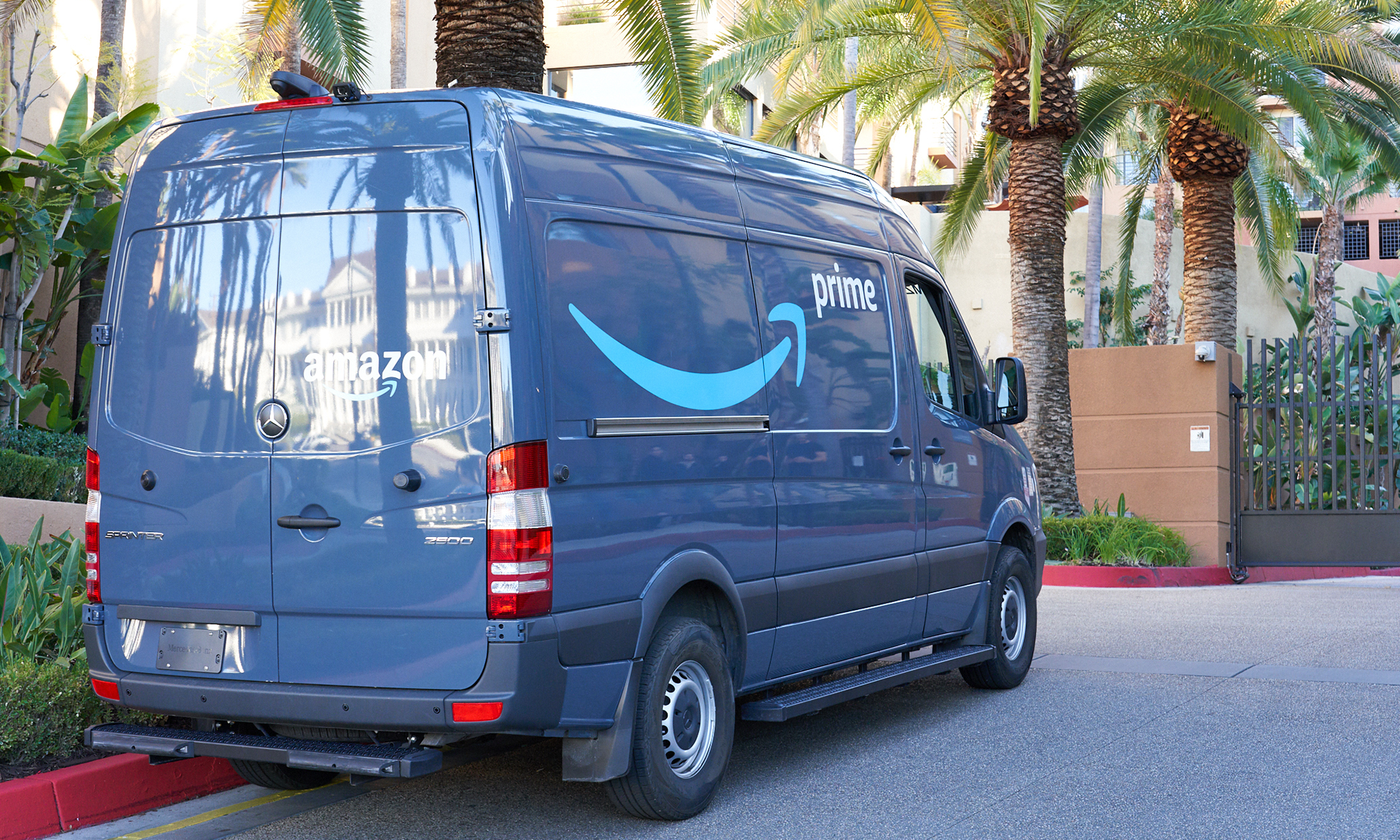Amazon (AMZN +0.16%) announced several new artificial intelligence (AI) initiatives this month. While much of the investor focus when it comes to AI and Amazon has been on Amazon Web Services (AWS) and its cloud computing AI offerings, Amazon is also looking to use AI to improve its e-commerce business.
The company has been laying the groundwork to use AI as a way to improve efficiency across its logistics and warehouse networks. Let's look at how these moves could be a game changer for the stock.

Image source: Getty Images.
New AI initiatives
Amazon recently unveiled a new initiative at its Lab126 unit to build smarter, more flexible warehouse robots. Unlike current models that are designed for a single task, Amazon is looking to use agentic AI to create robots that can understand natural language commands and act autonomously.
The company said the robots would be able to do such things as unload trailers and then retrieve parts for repairs if needed. This type of advancement would ultimately help reduce labor costs and boost productivity.
On the delivery side, Amazon is rolling out an AI platform called Wellspring to create highly detailed maps to help drivers navigate tricky drop-offs at places like large apartment complexes. These maps are already being used in the U.S. and could be integrated into smart eyewear that provides hands-free, real-time navigation. The goal would be to cut delivery errors and time, so drivers would be able to make more deliveries in a day.

NASDAQ: AMZN
Key Data Points
Its new SCOT (Supply Chain Optimization Technology) platform, meanwhile, is using AI to help predict customer demand for certain products based on price, customer location, convenience, weather, and sales events.
While it's easy to know not to stock winter coats at a Nevada warehouse in the summer, the technology is more nuanced and can cater to different regional consumer tastes. For example, it would be able to predict which books may sell better in New York City than Boise, Idaho.
Overall, the technology should help Amazon better allocate inventory, improve delivery times by having inventory closer to buyers, and help both increase sales while lowering costs.
Another area where AI is starting to have a positive impact for Amazon is its e-commerce marketplace. It has AI tools that make it easier for merchants to create new, more compelling listings for its marketplace. Meanwhile, its ad unit has AI tools to help brands and merchants create more compelling ad campaigns and better target potential customers.
Amazon's sponsored ad business has grown to become one of the largest digital advertising platforms in the world, and this high-margin business is one of Amazon's fastest-growing revenue streams. It also recently launched an AI agent, called Nova Act, that can navigate the web and perform tasks like shopping on behalf of users.
Is Amazon stock a buy?
Amazon is investing heavily in AI and not just in its AWS cloud computing business. The company is beginning to embed AI across its entire e-commerce ecosystem through things like AI-powered warehouse robots, better inventory forecasting, and faster last-mile delivery. This will all help Amazon drive efficiencies, lower costs, and increase productivity.
Amazon's early efforts in these areas have already led to solid operating leverage within its e-commerce segment. For example, last quarter its North American segment saw a 16% increase in operating income on only an 8% rise in revenue. However, as these AI initiatives continue to progress, Amazon should be able to see even greater operating leverage.
Of course, no investment is without risks. Amazon isn't immune to broader economic headwinds or trade tensions. However, AI has the potential to significantly improve the company's cost structure, which in turn should drive strong earnings growth.
While investors like to focus on revenue growth, they shouldn't completely ignore how companies like Amazon can drive earnings growth by becoming more efficient. Amazon is leading the way in this regard, but expect this to be a big AI theme in the coming years across industries.
You also can't ignore the strong growth Amazon is seeing with AWS. This is its largest segment by profitability, and it has a long runway of growth ahead as customers continue to use its services to build AI models and apps and run them on its infrastructure.
While its valuation has risen off its recent lows, Amazon's stock is still attractively valued trading at a forward price-to-earnings ratio (P/E) of around 35. That's well below where it's traded historically, making it a solid buy at current levels.





